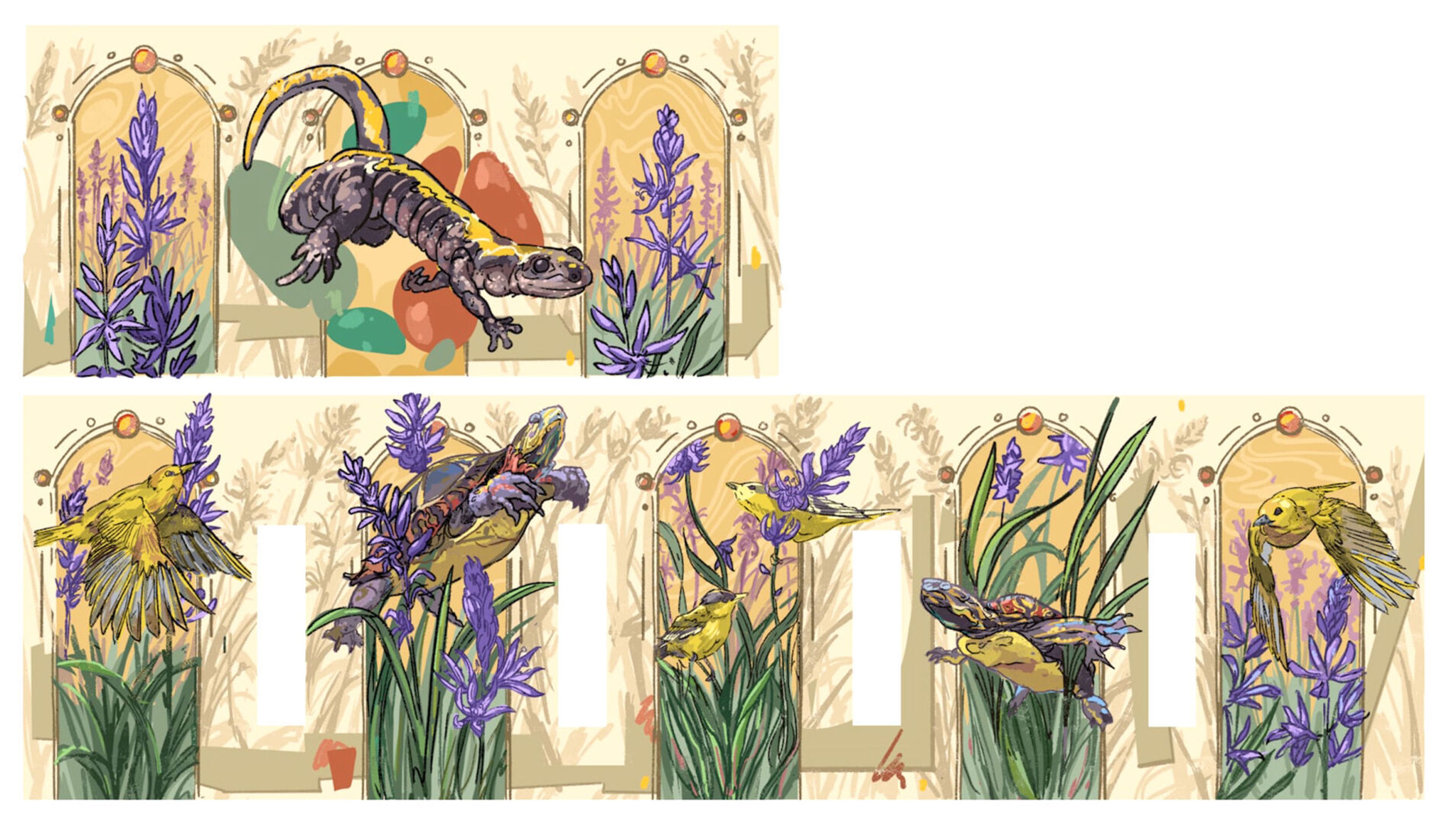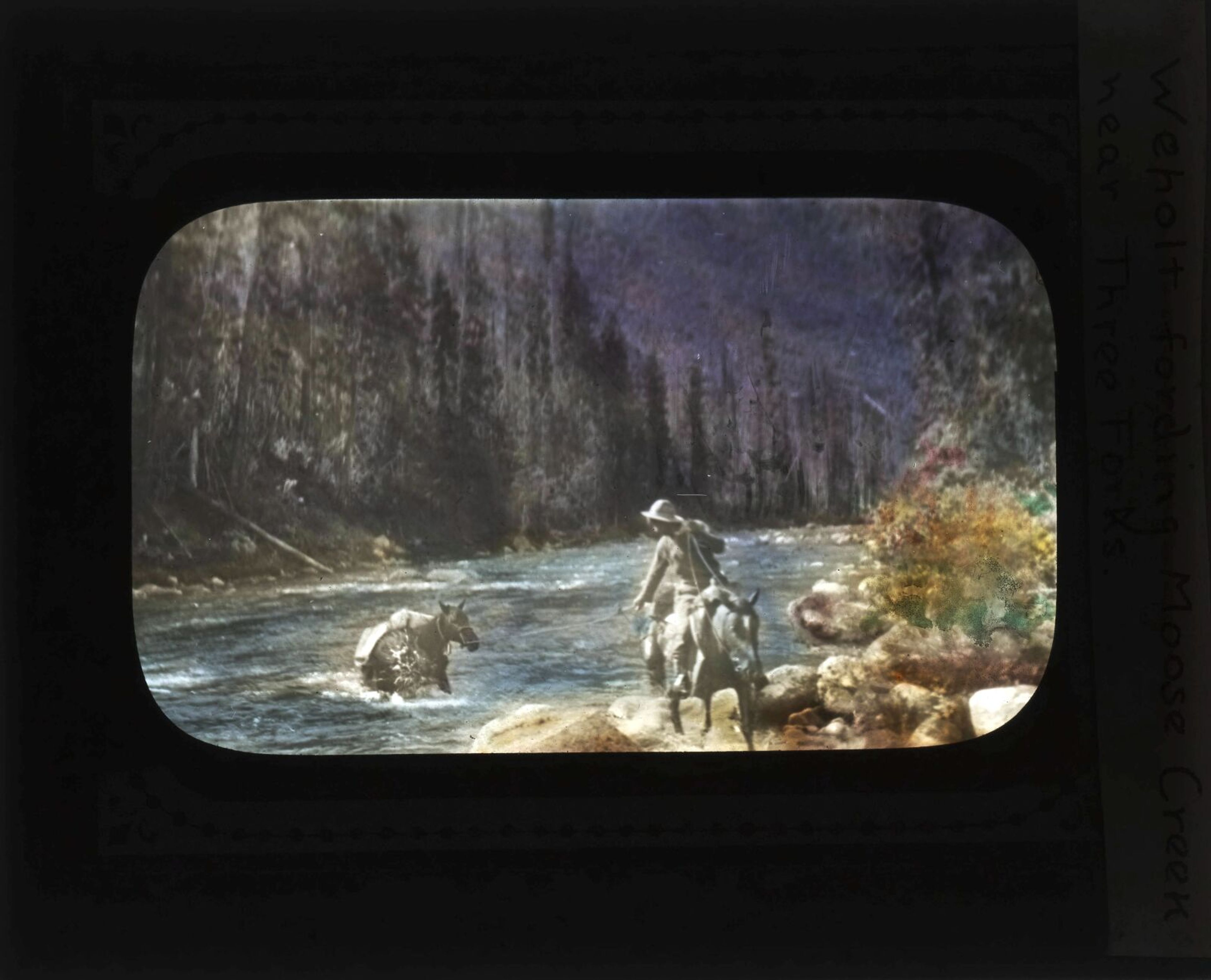Researcher: Future bright for biodiesel
Collective efforts can significantly cut fossil fuel use
The science of biodiesel has come a long way since the University of Idaho first began its research on the subject in 1979, researcher Dev Shrestha said.
It was about then when UI researcher Charles Peterson took the first step toward biodiesel with what Shrestha called proof of concept.
"Dr. Peterson at the time was the primary investigator and he bought a couple of vegetable oils from WinCo and ran it," he said.
Although the vehicle ran for a couple of hundred hours, the engine was ruined by the thick, heavy oil.
"They learned you have to reduce the viscosity of oil to be able to run the diesel engine. It was a long history to prove this fuel is a replacement for diesel fuel," Shrestha said.
Thirty-six years later, the university is still making headway as a pioneer in the field.
"We were the first ones to run 100,000 miles on pure biodiesel in the 1992 Dodge. After 100,000 miles of testing we invited a certified technician to look at the engine and see if its wear pattern is any different than if you were running with the diesel fuel," Shrestha said. "After tearing that apart and inspecting all its components they found there is no significant difference whether you run diesel or biodiesel."
The researchers have five vehicles running on 100 percent biodiesel in their possession, including a 2000 Volkswagon Super Beetle, or BioBug, which has never run on anything but biofuel.
Although the success of the science behind biodiesel, combined with its environmental benefits and a thumbs-up from California's Air Resources Board, may lead some to believe biodiesel is on the verge of becoming America's most wanted fuel, one problem remains.
"Biodiesel is so good everybody wants to use it," said Brian He, director for the UI's Biodiesel Education Project. "However in this nation the production is limited. We have a limited quantity of oils."
Biodiesel is formed when plant oils of nearly any type are thinned by the introduction of a catalyst, like alcohol. The product separates into two layers: thick, heavy oil that sinks and the fuel that floats on top.
The next step for the researchers is to find a way to increase the cultivation of such crops as camelina, canola and rapeseed so more oils are available, since as it stands now biodiesel can only replace about 5 percent of diesel consumption, He said.
Increasing production of these oils is possible, and Shrestha said there are 1.5 million to 2 million acres of farmland in the U.S. that could be used to grow camelina - a short season or rotation crop - between plantings of the farmer's regular fare.
On the whole, He said, the future of biodiesel is bright.
"Congress has passed a law so we have to move on the renewable energy roadmap," He said. "Carbon has to go, no matter what."
However, He said the fate of the environmental future cannot be placed solely on the shoulders of biodiesel.
"Biodiesel alone could not solve all the problems, that's why we have other renewable programs ... like hydro, solar, wind," He said. "Collectively, we can replace significant quantities of the fossil fuel we use."
Shanon Quinn can be reached at (208) 883-4636, or by email to squinn@dnews.com.








